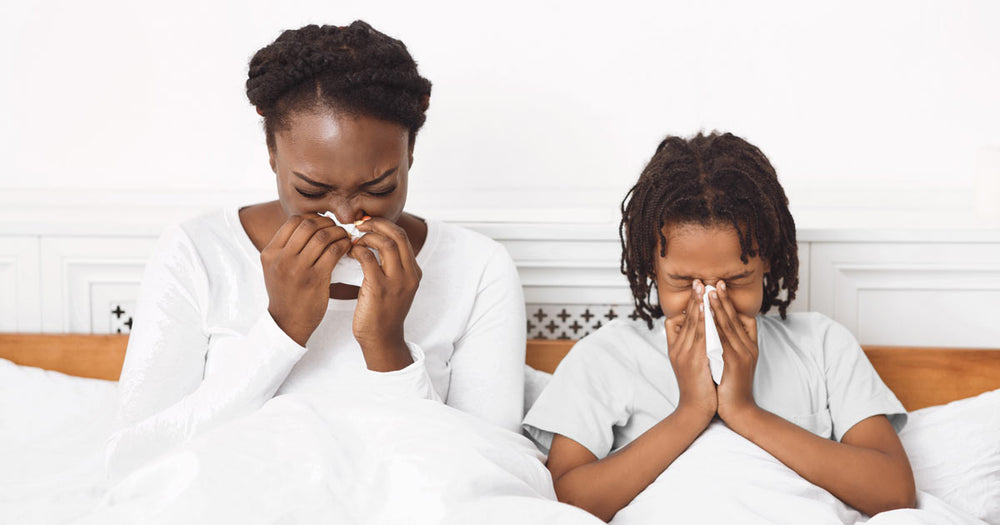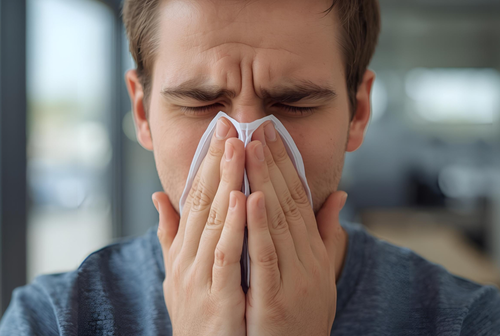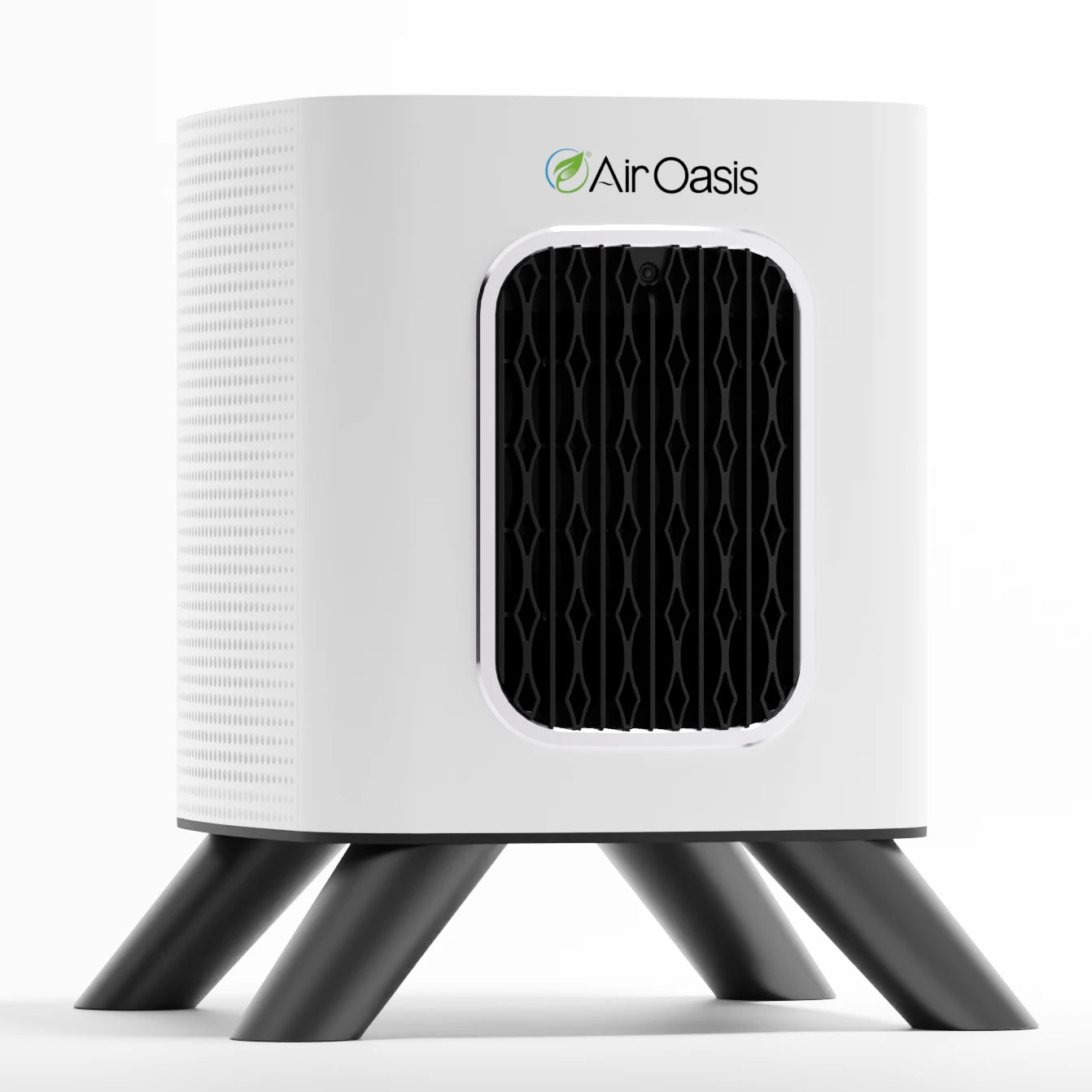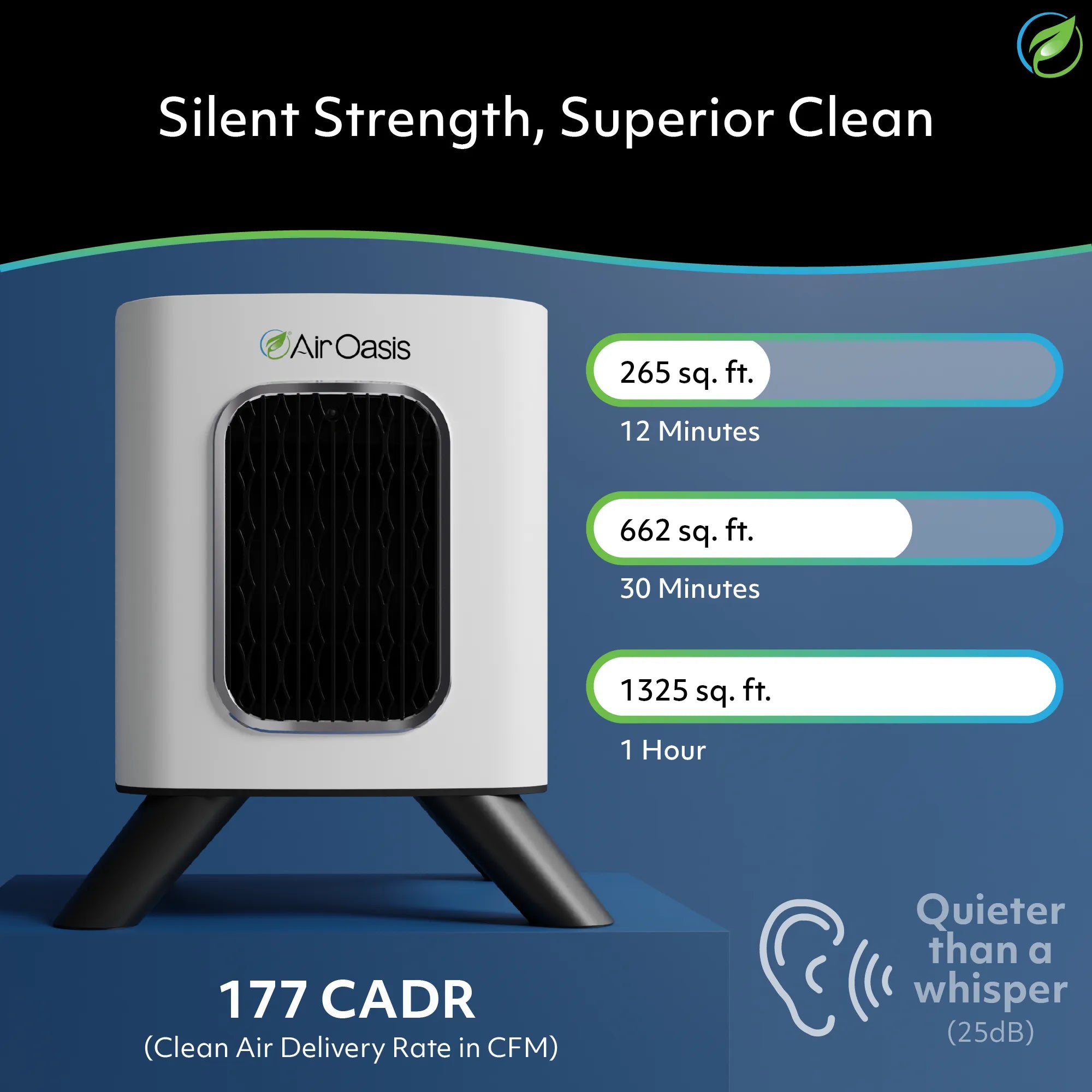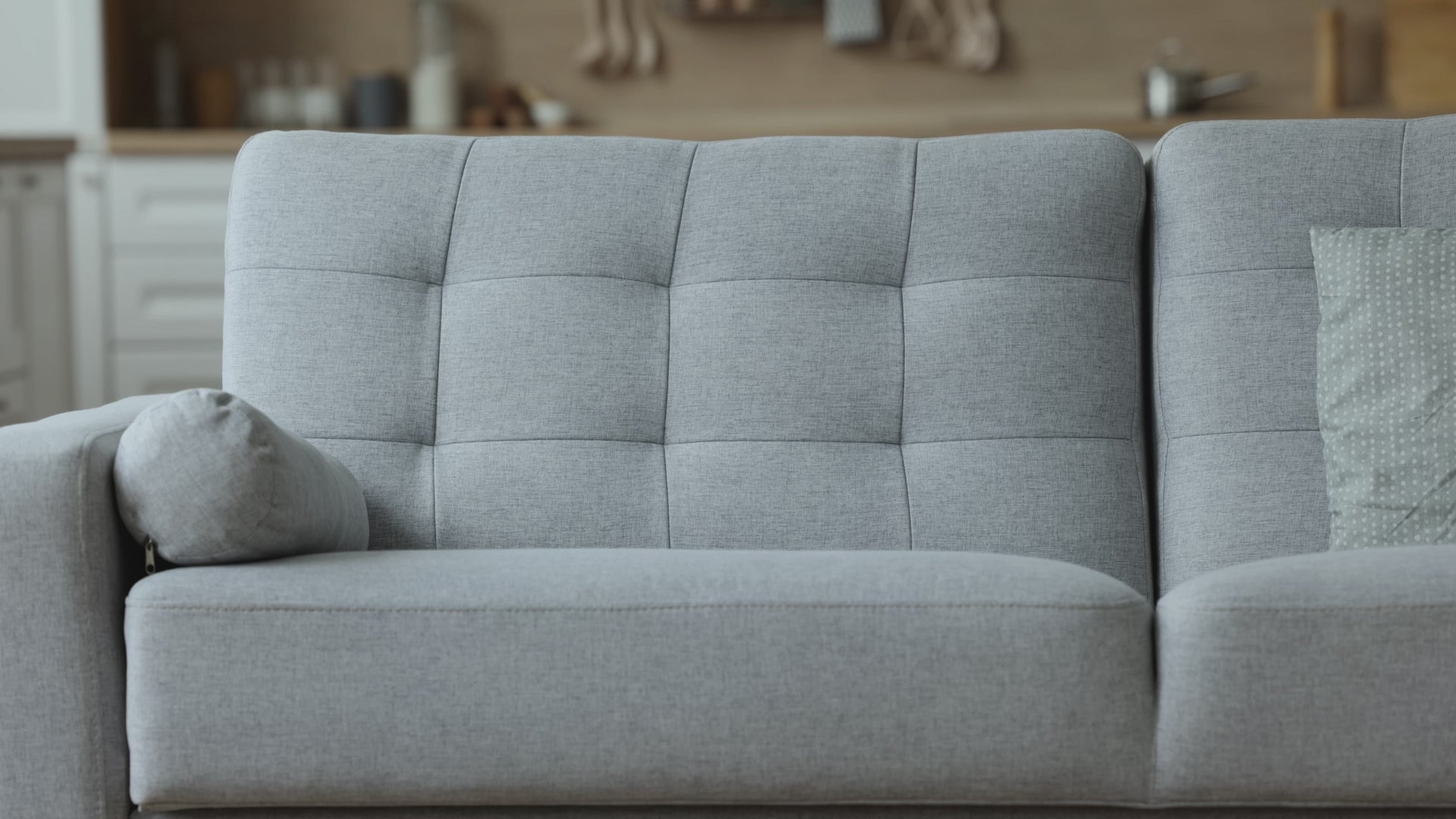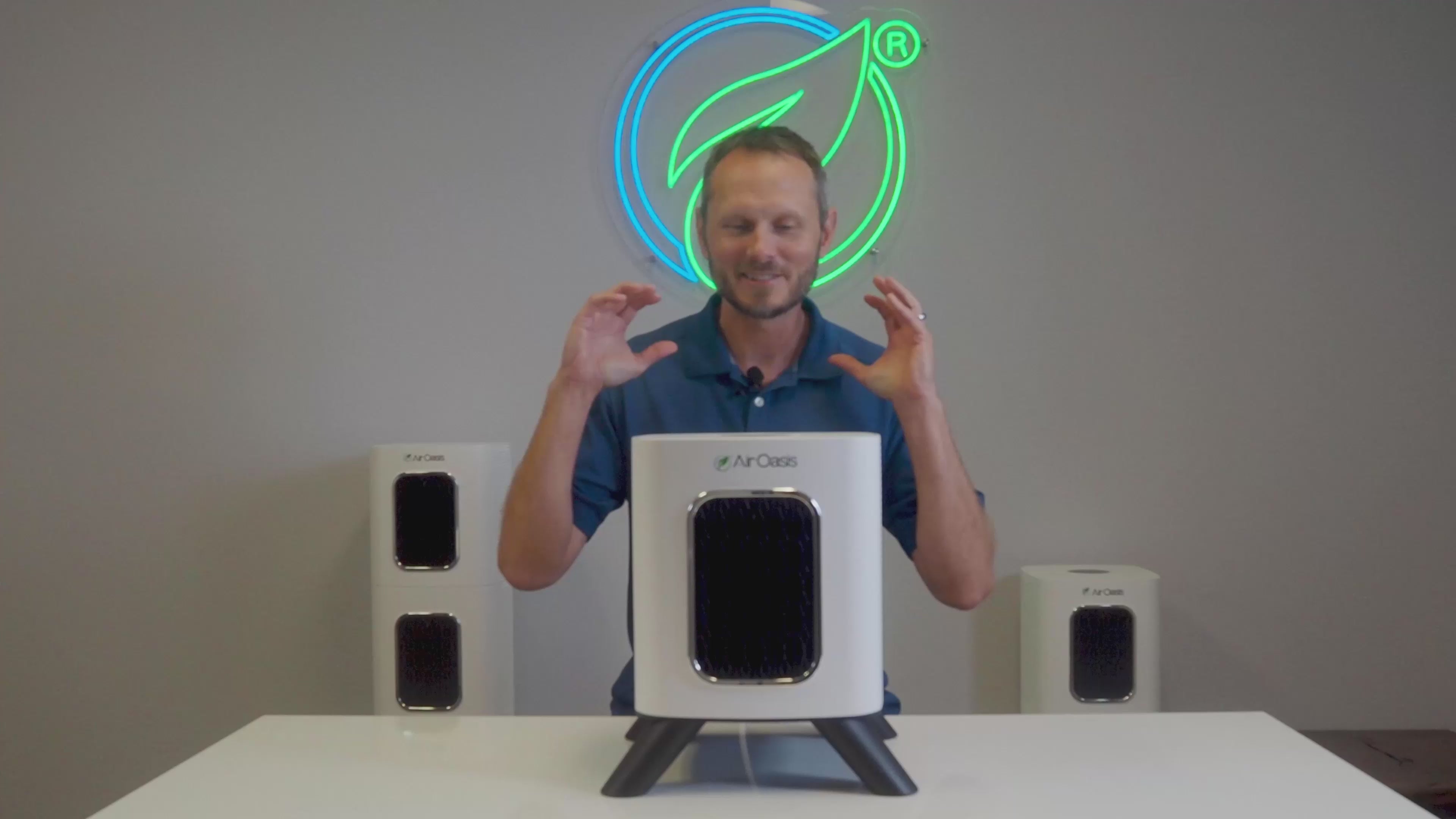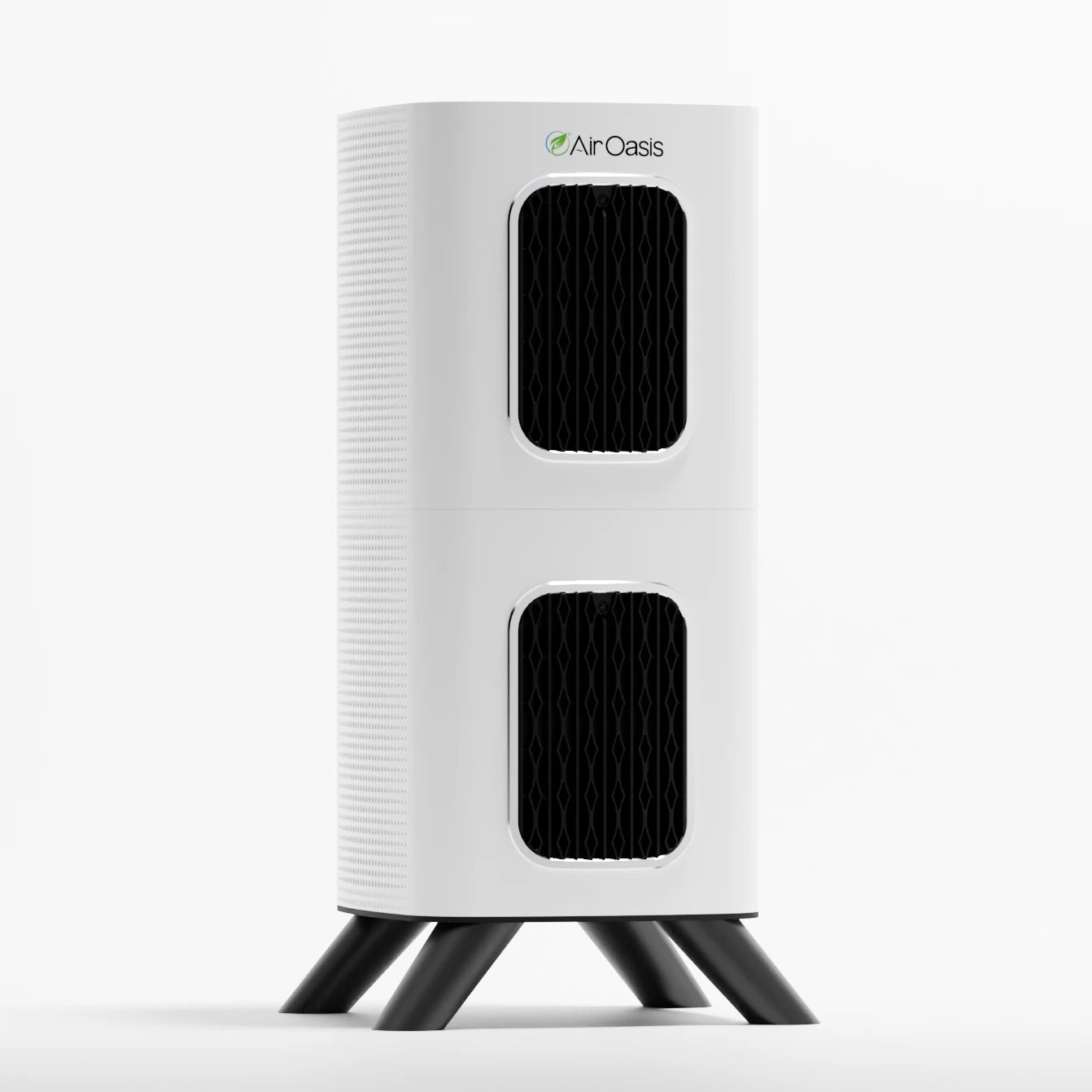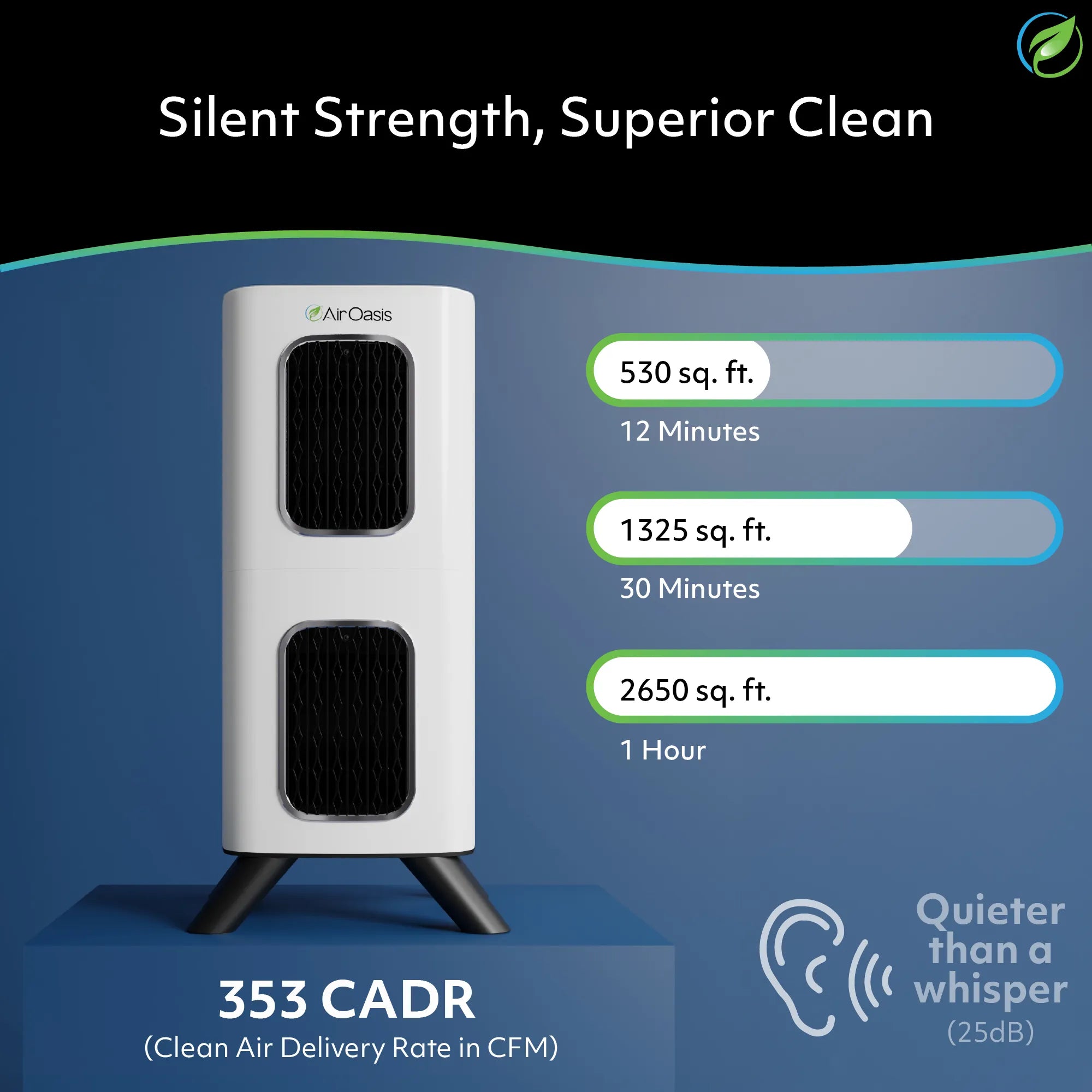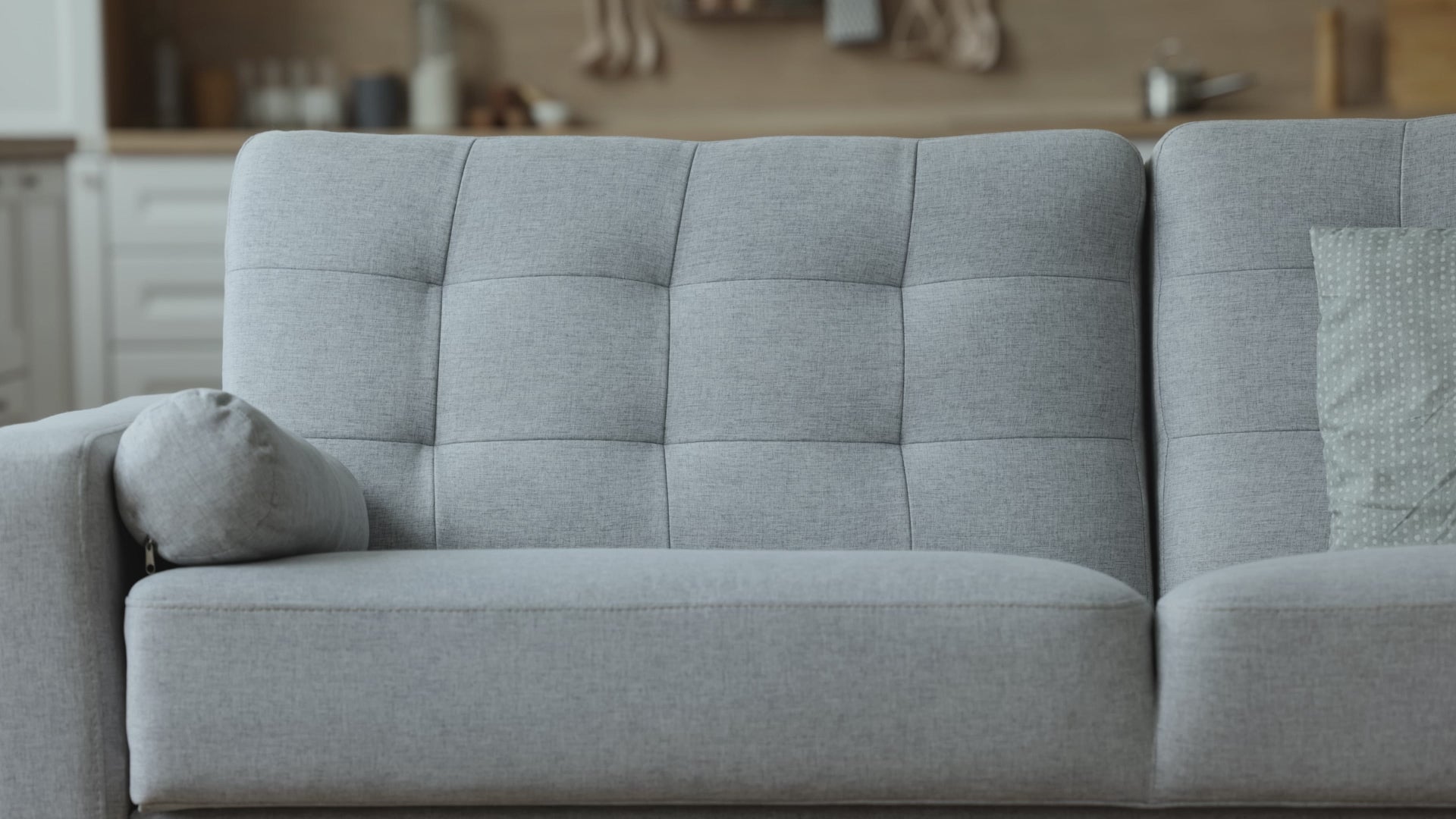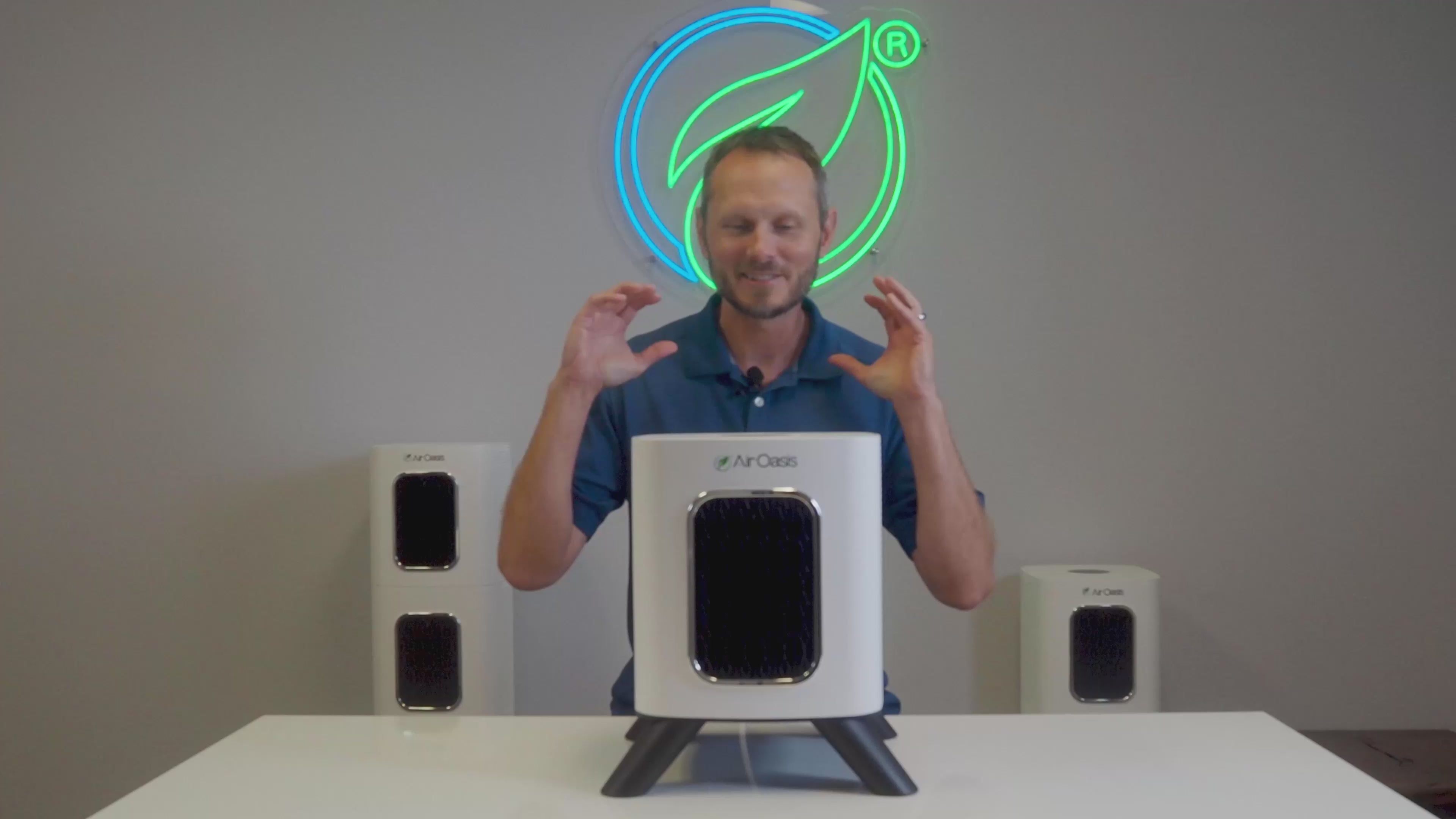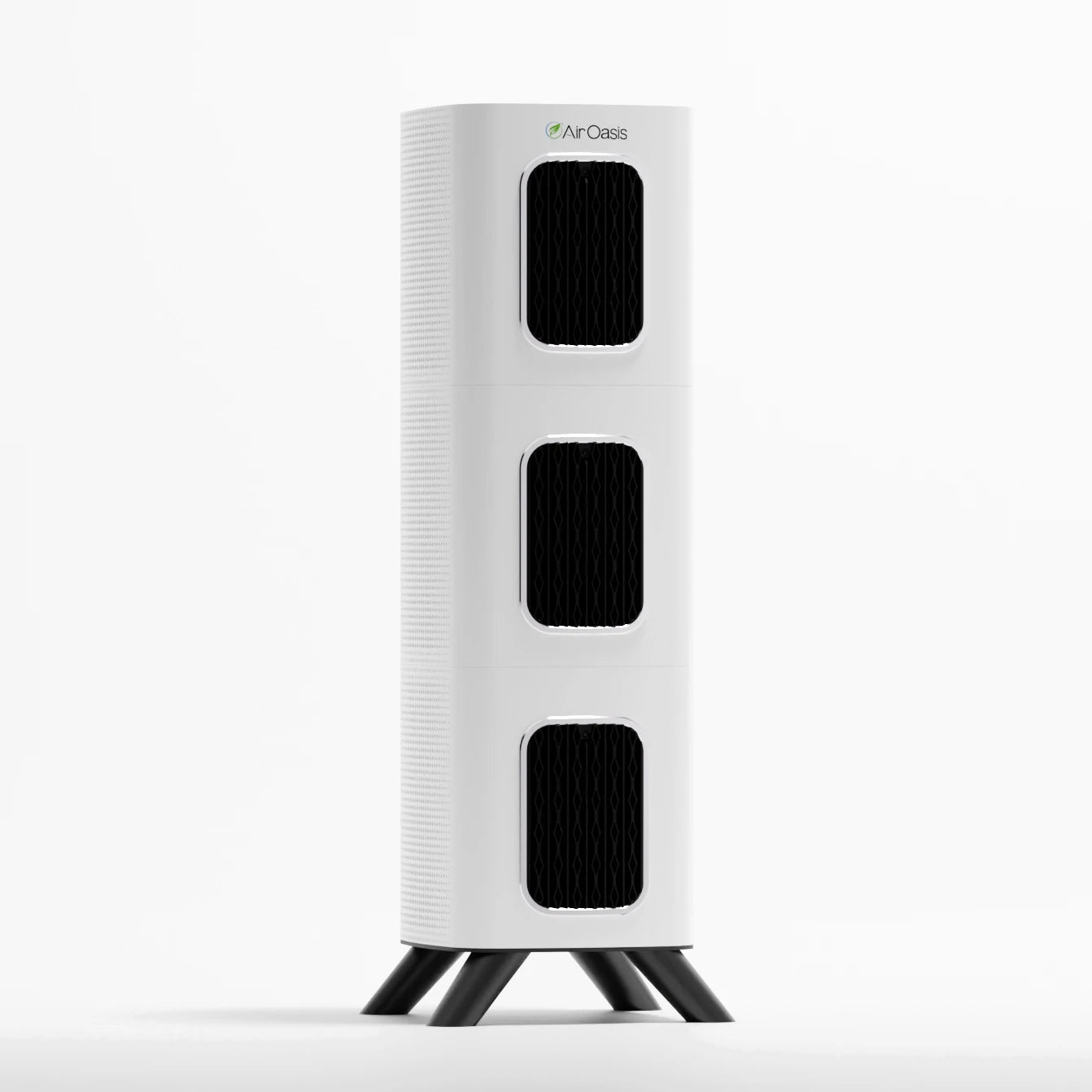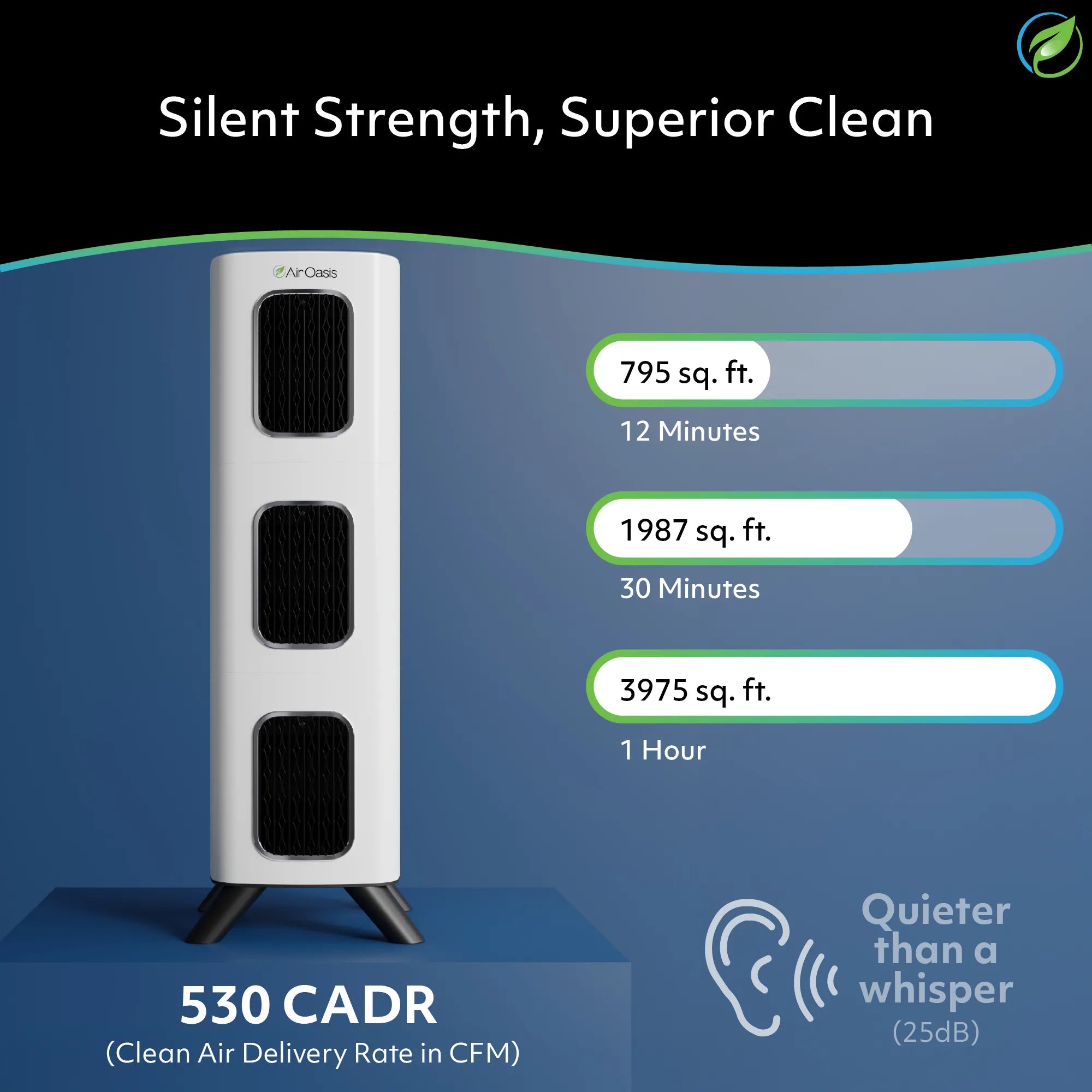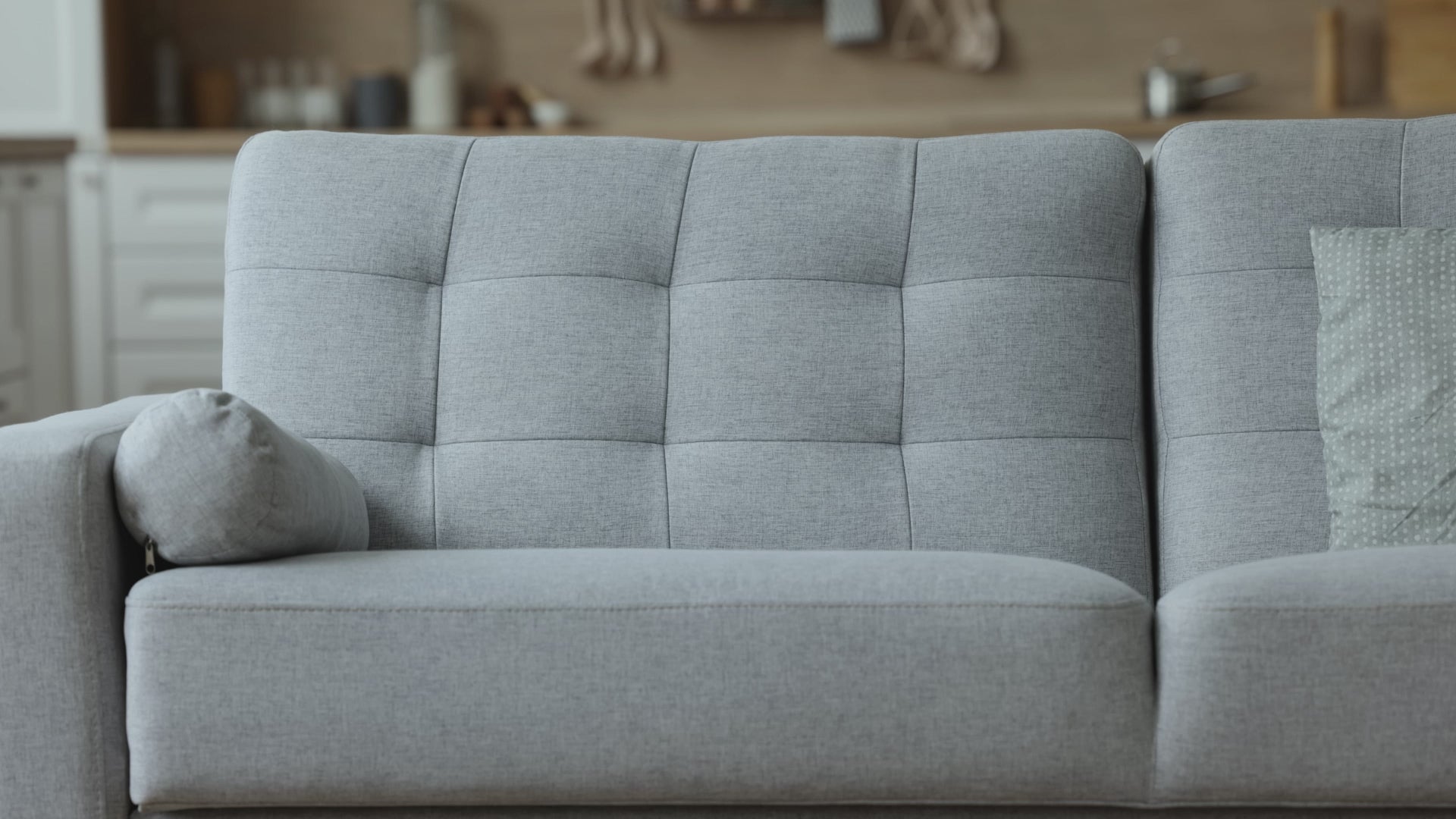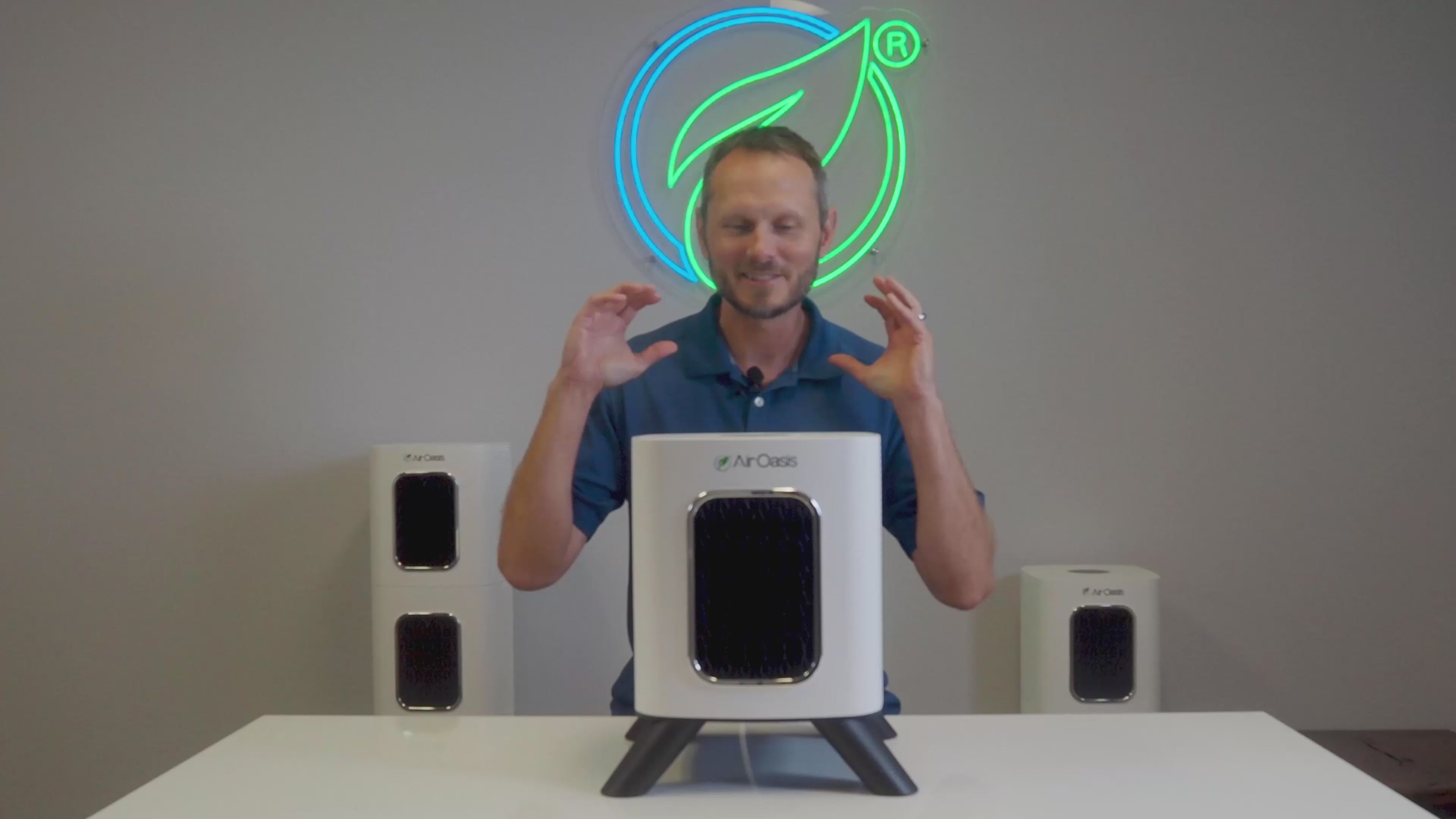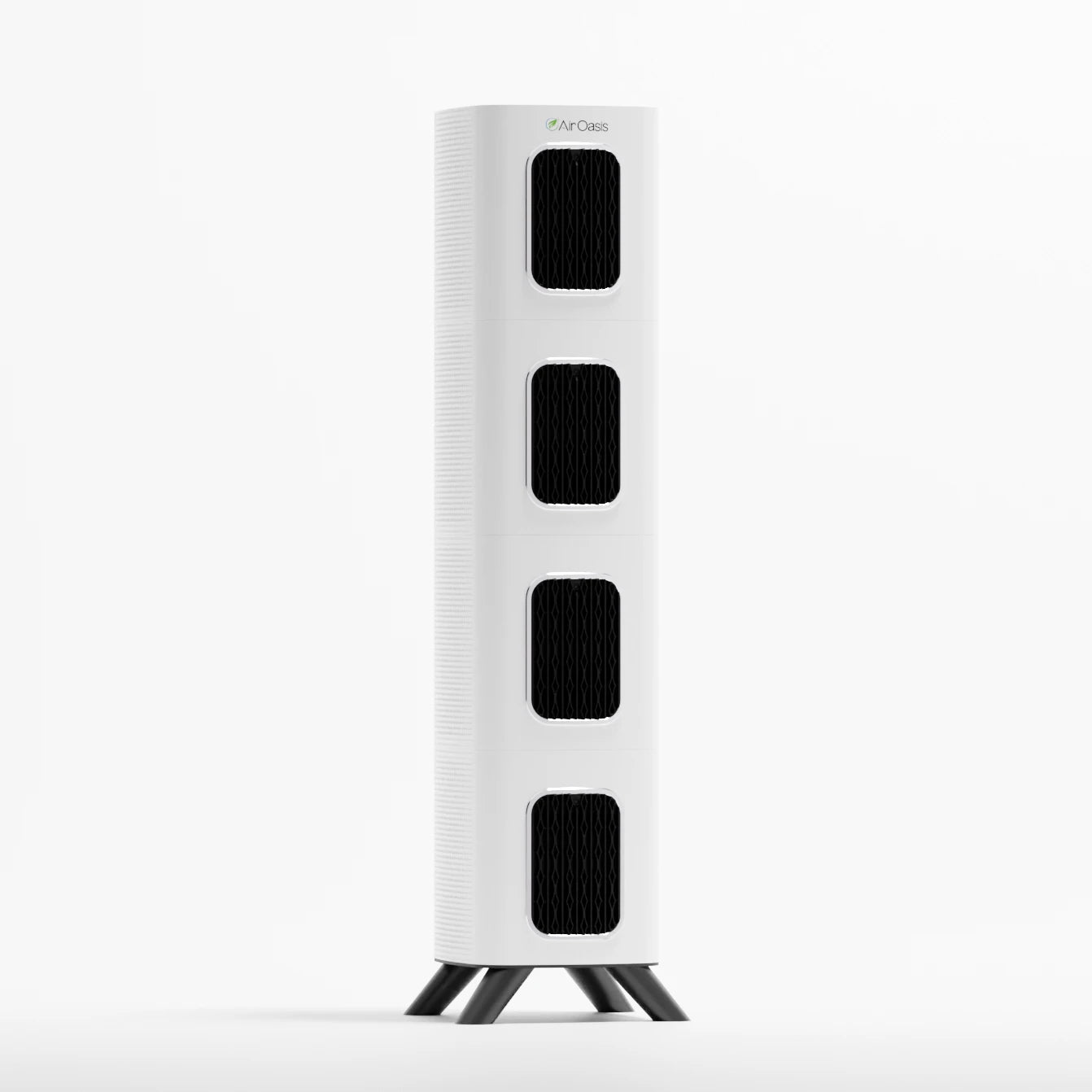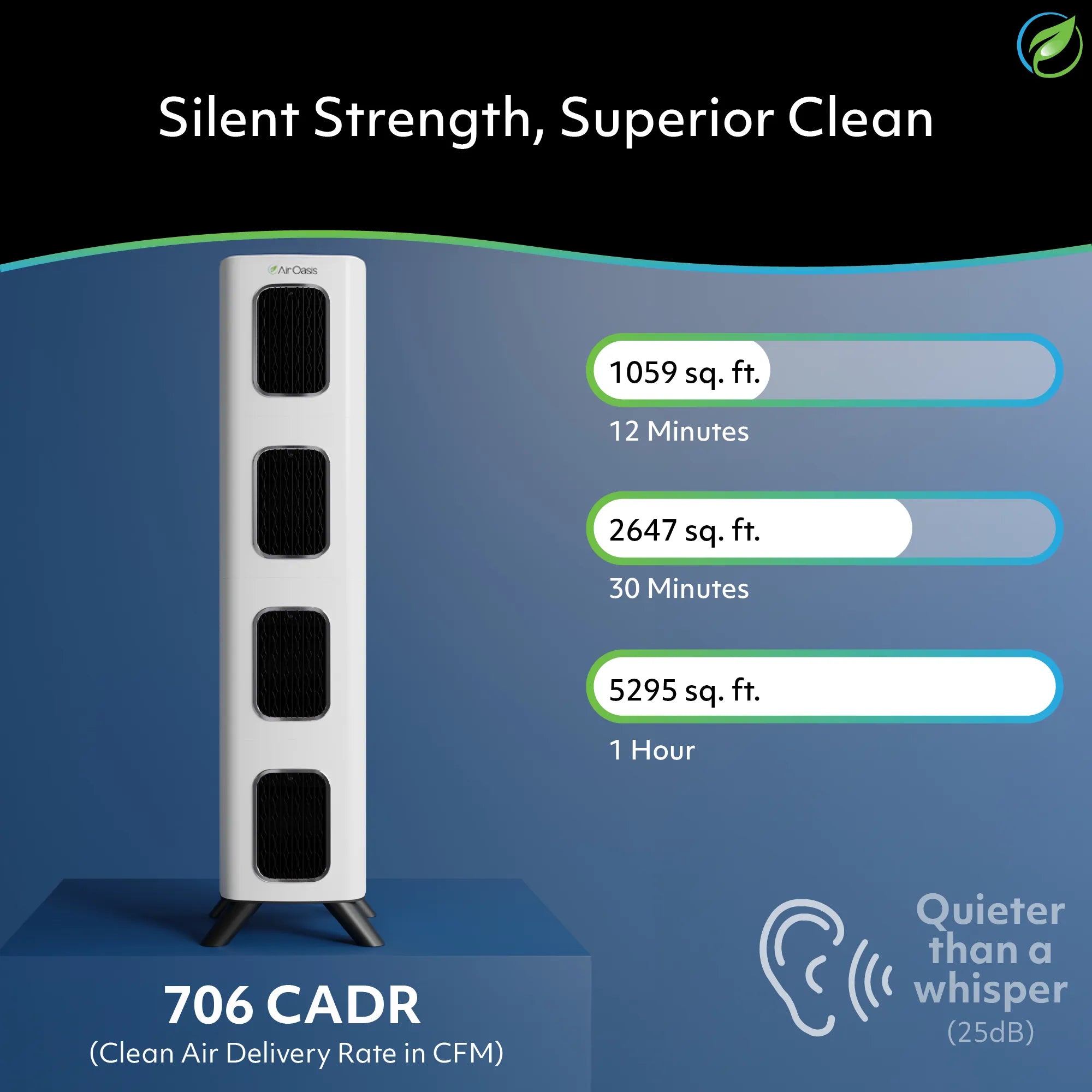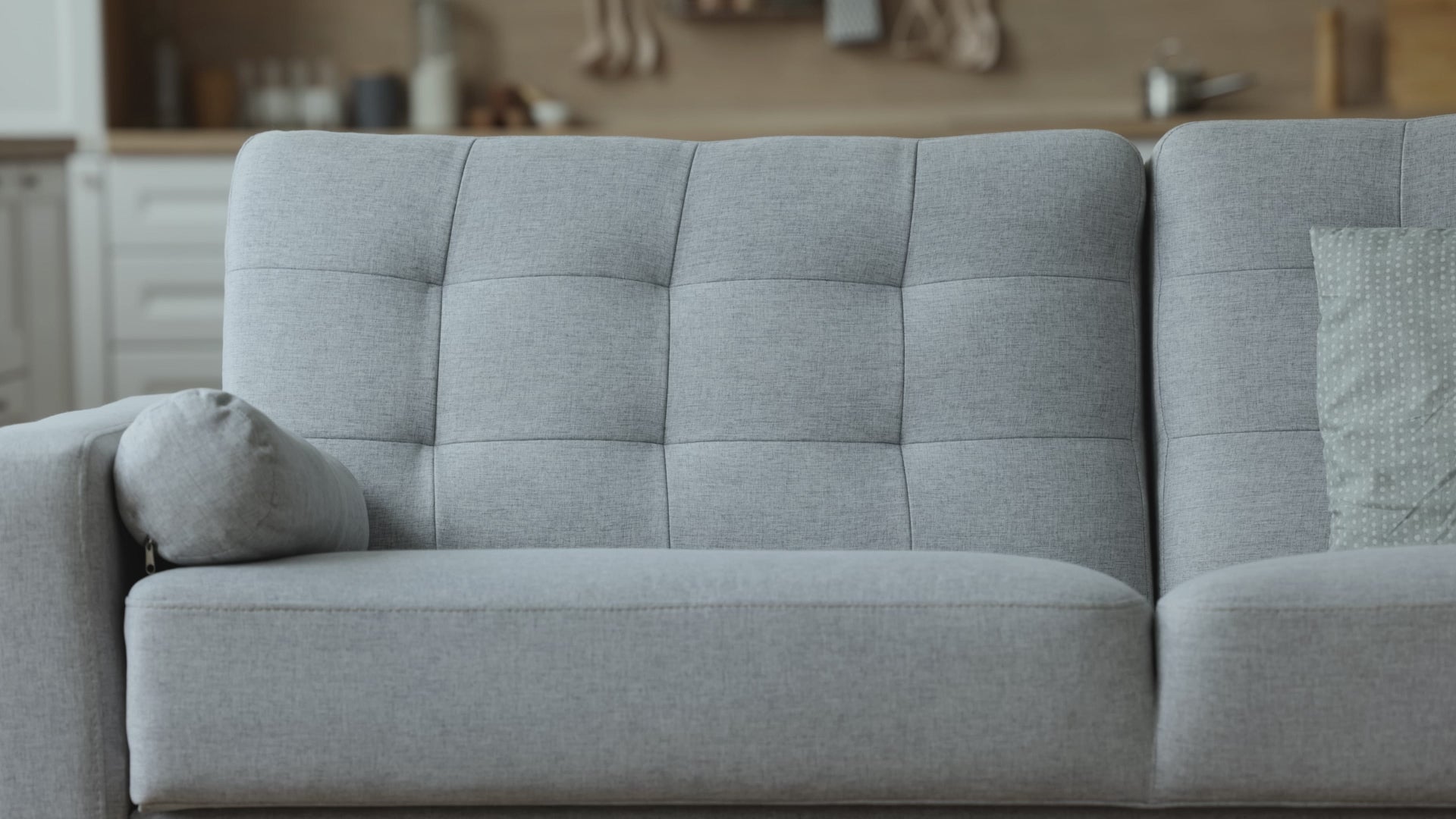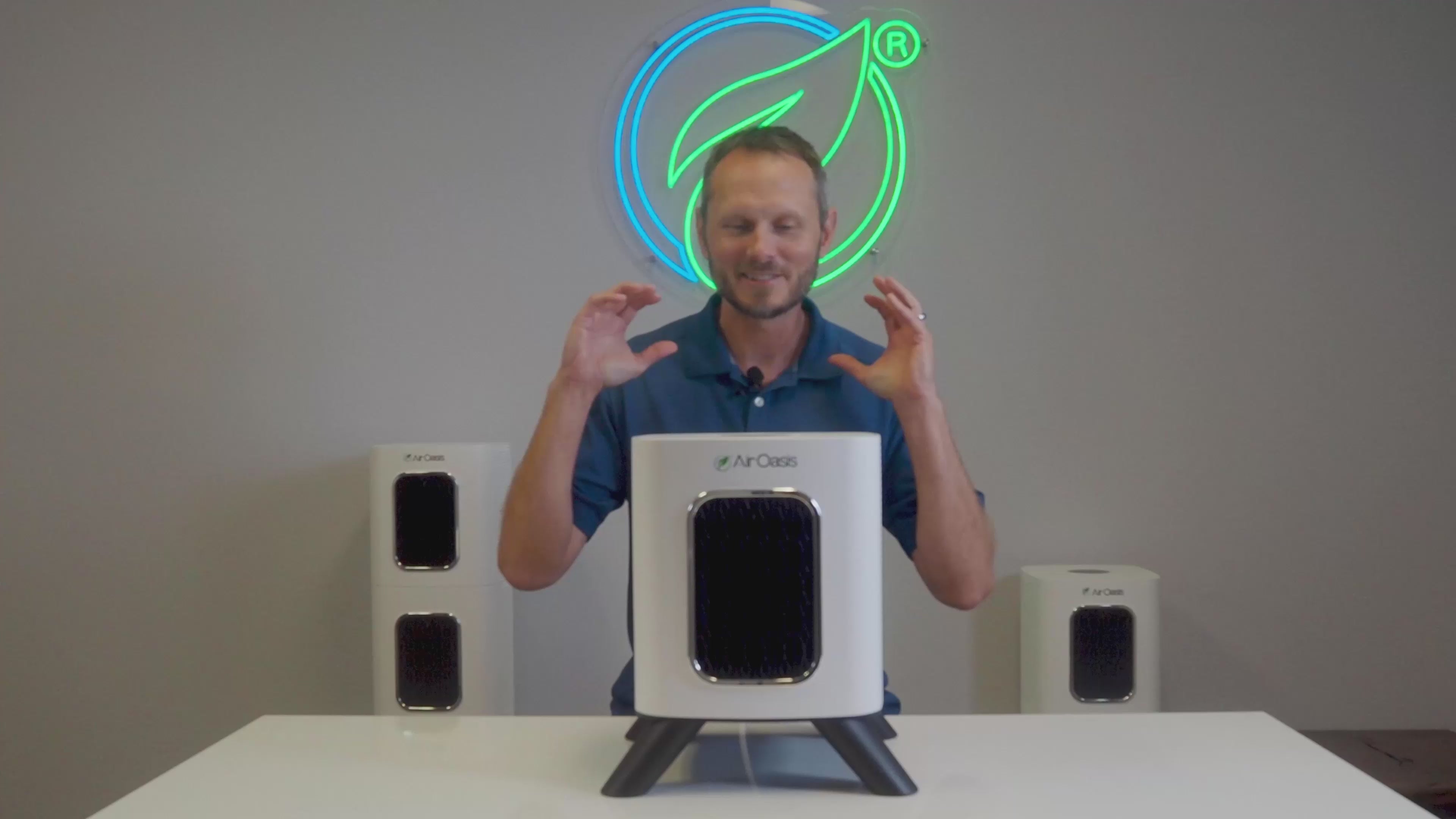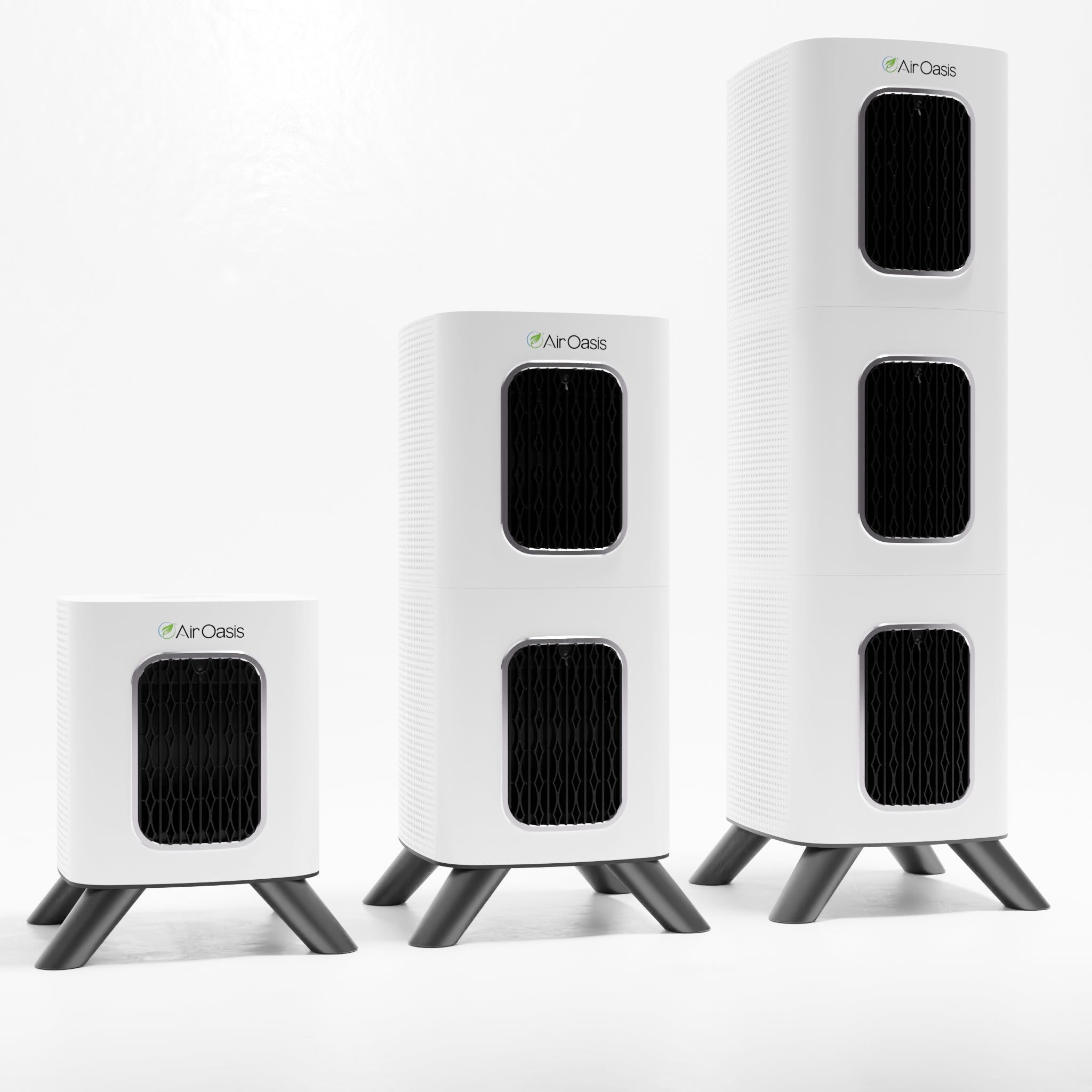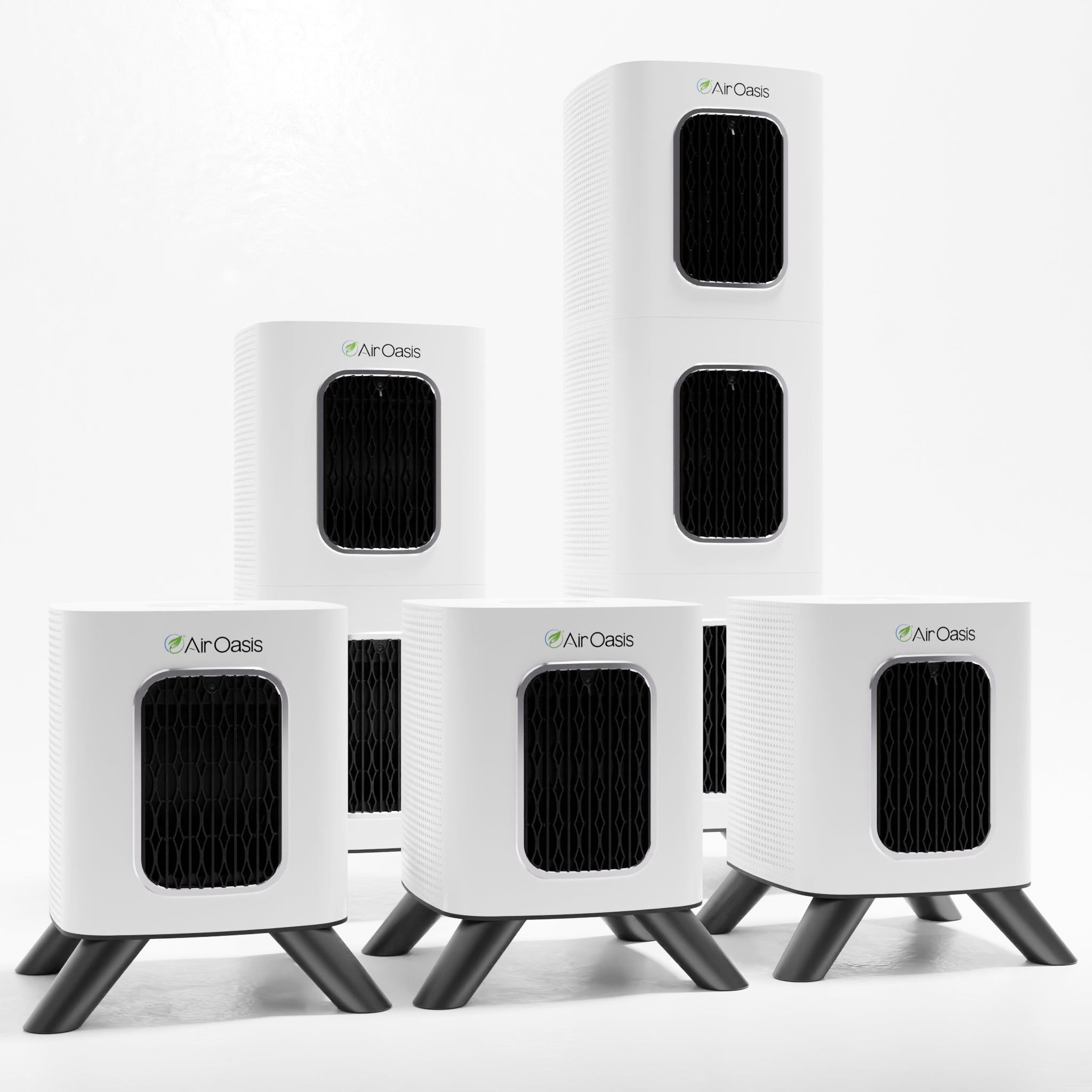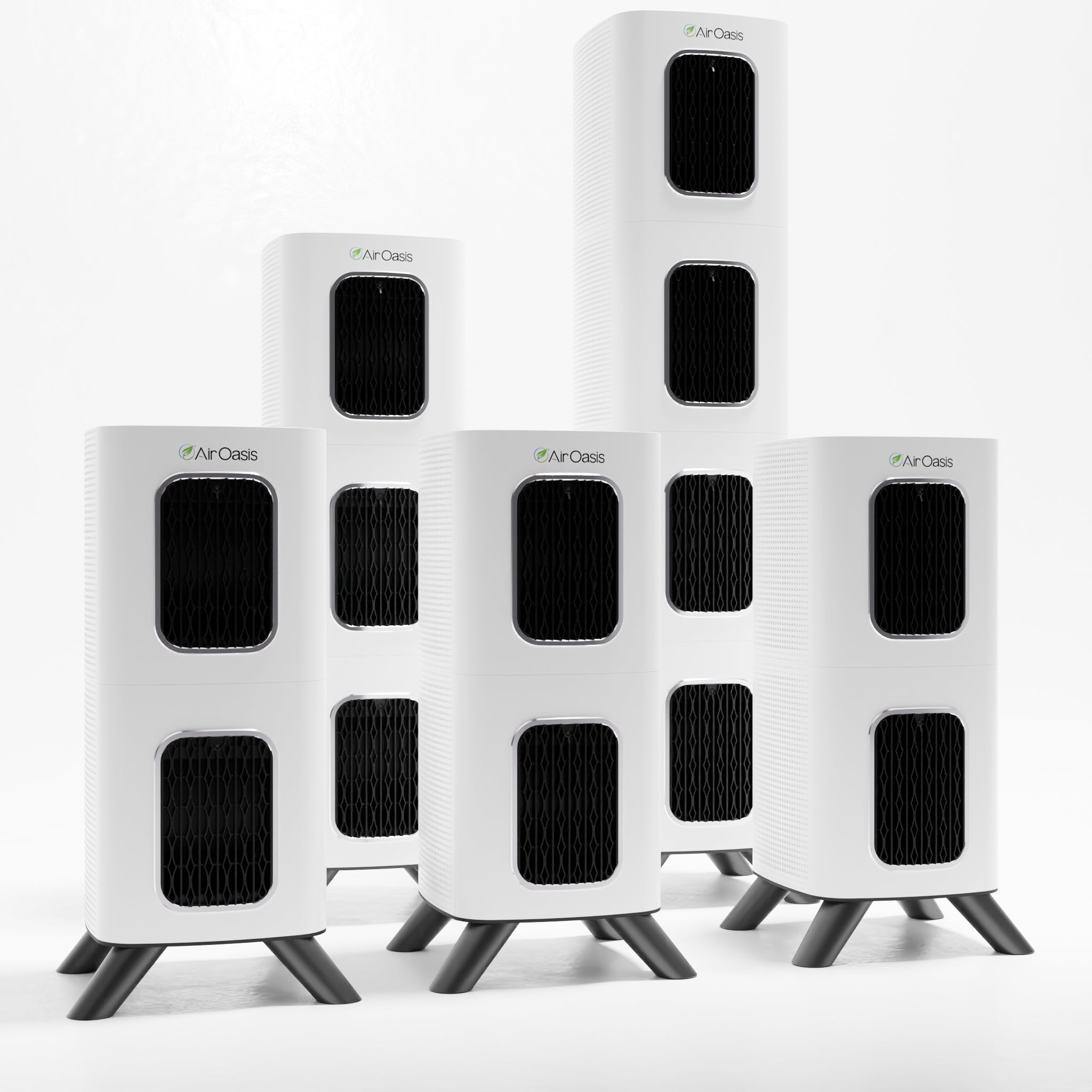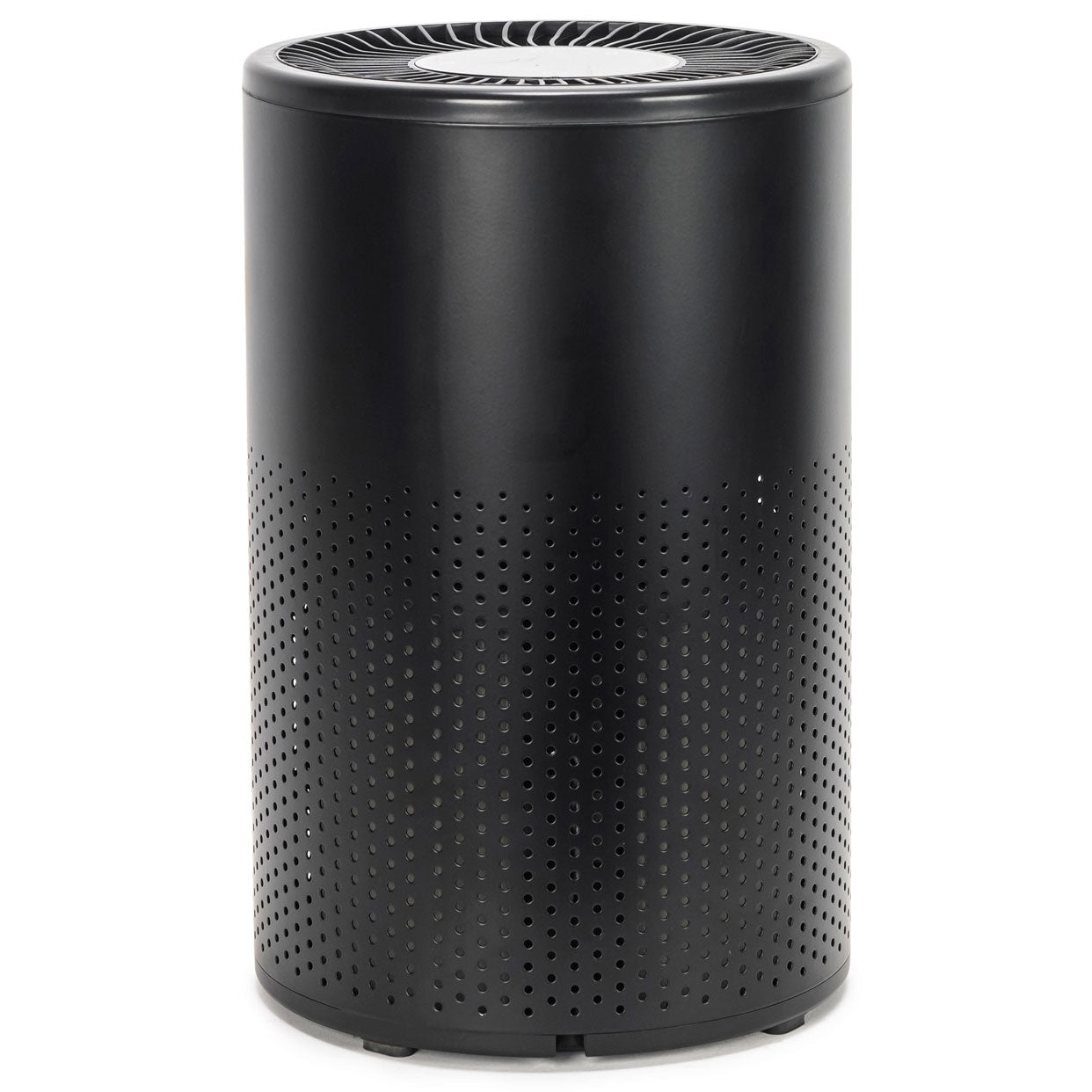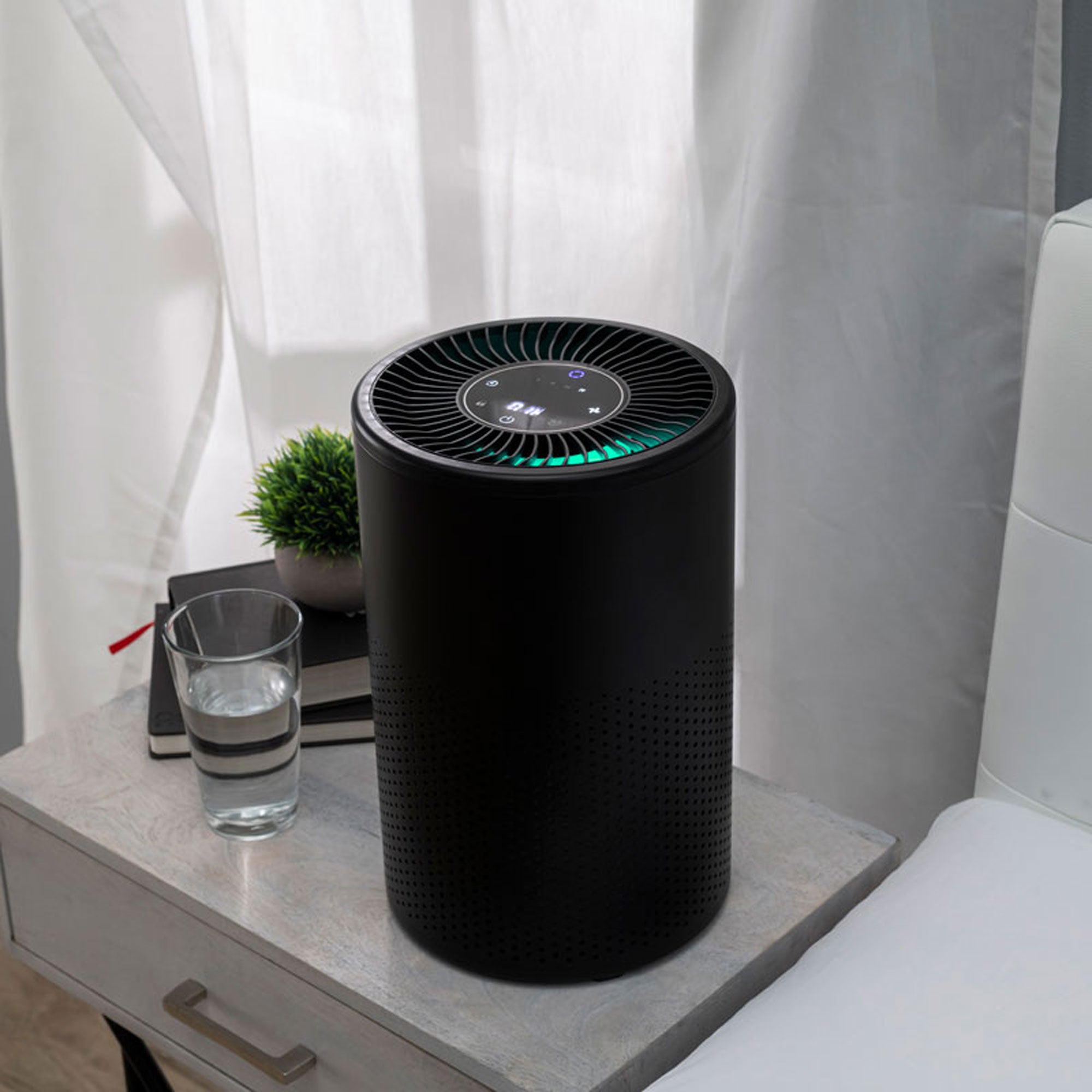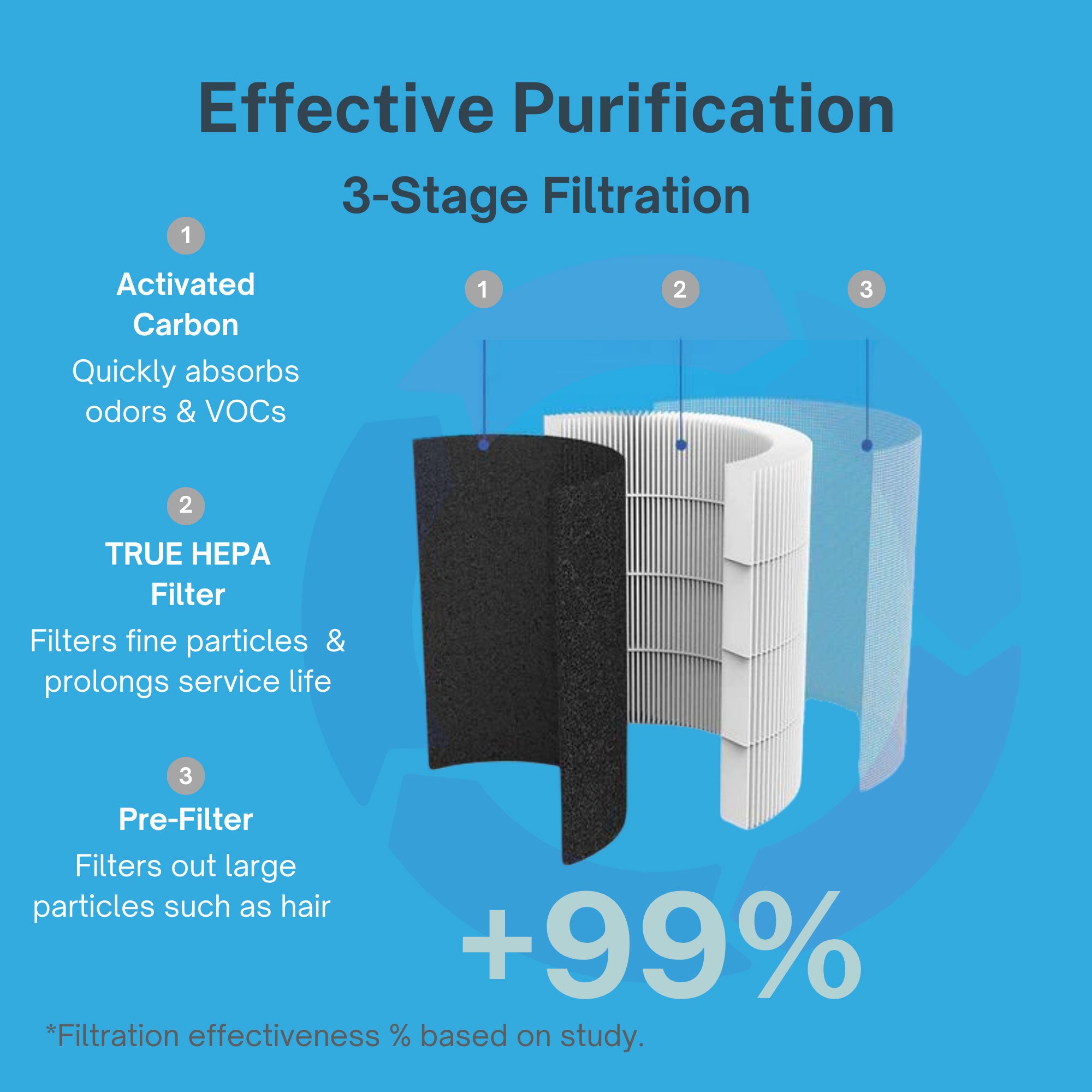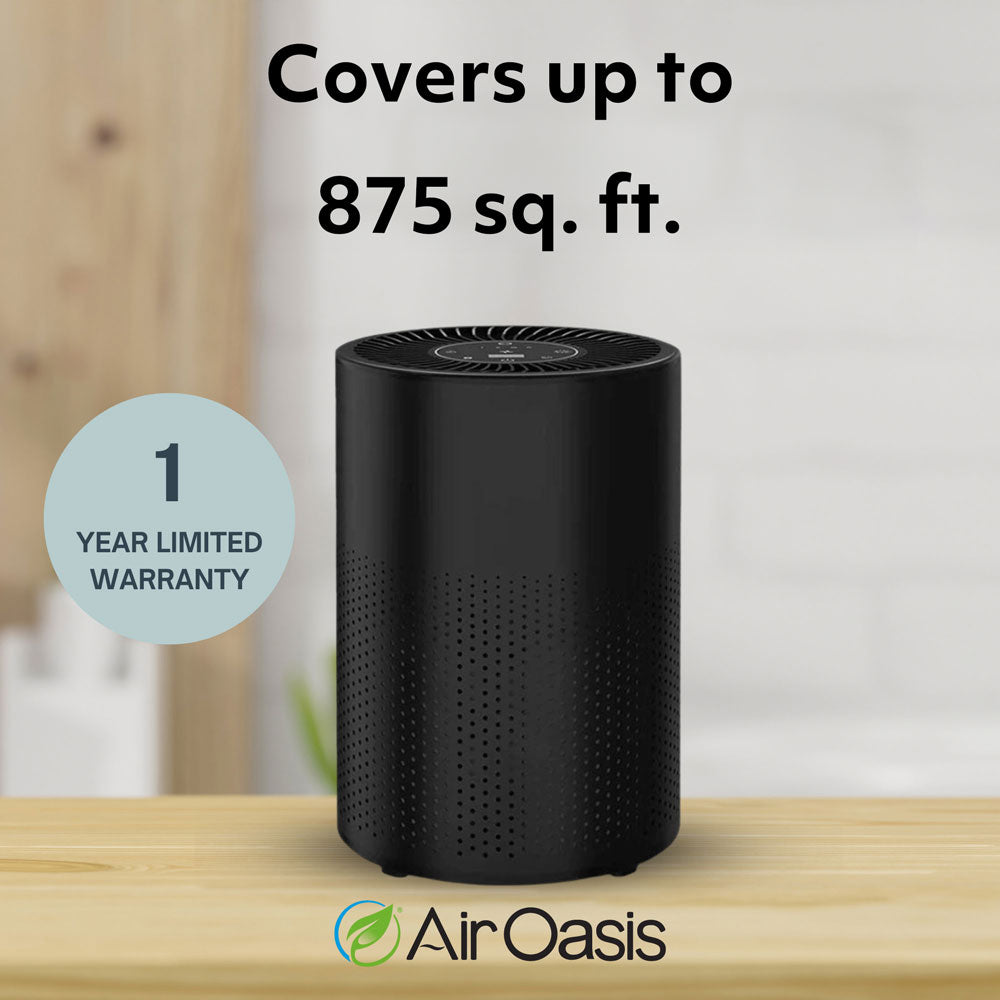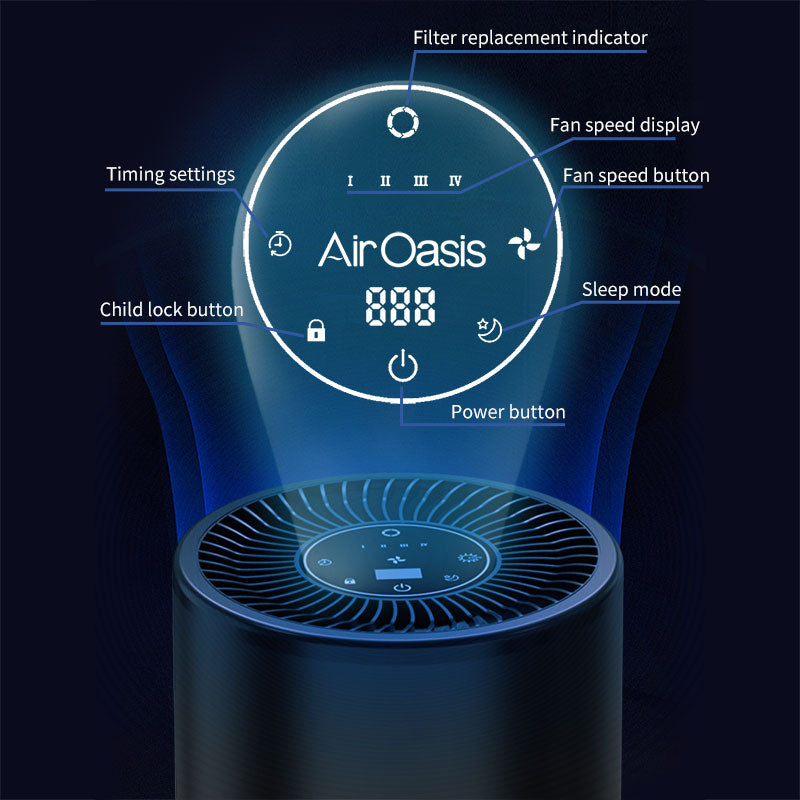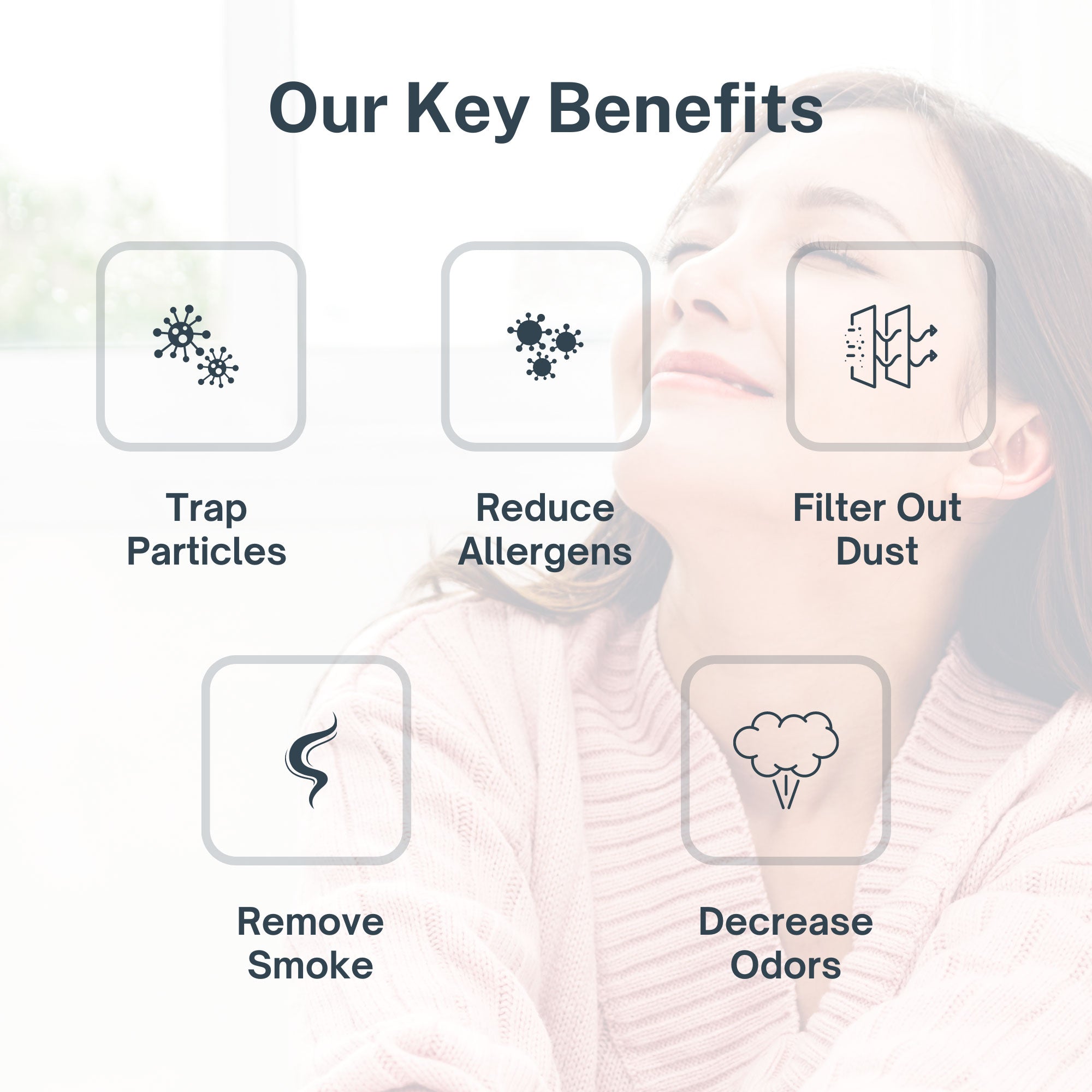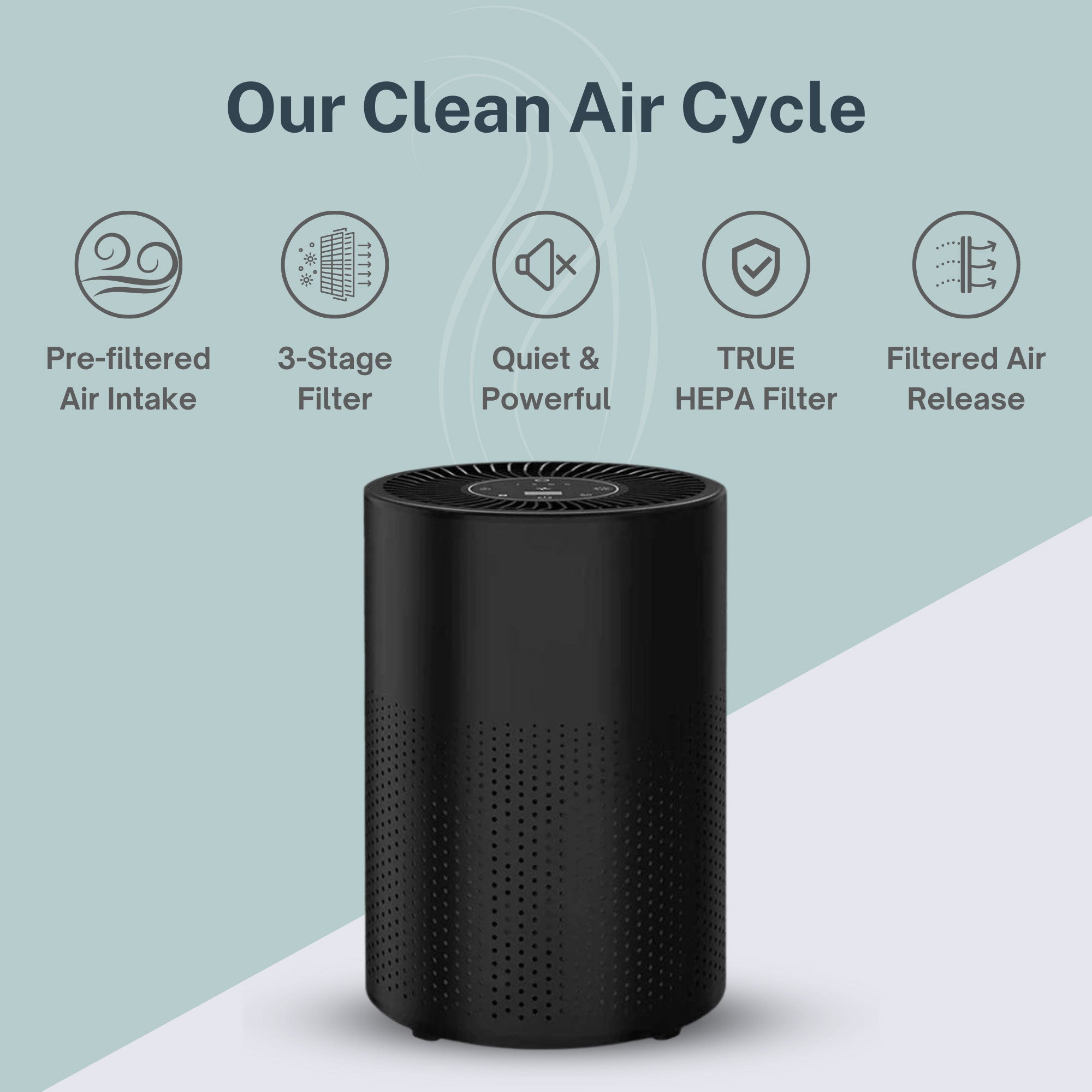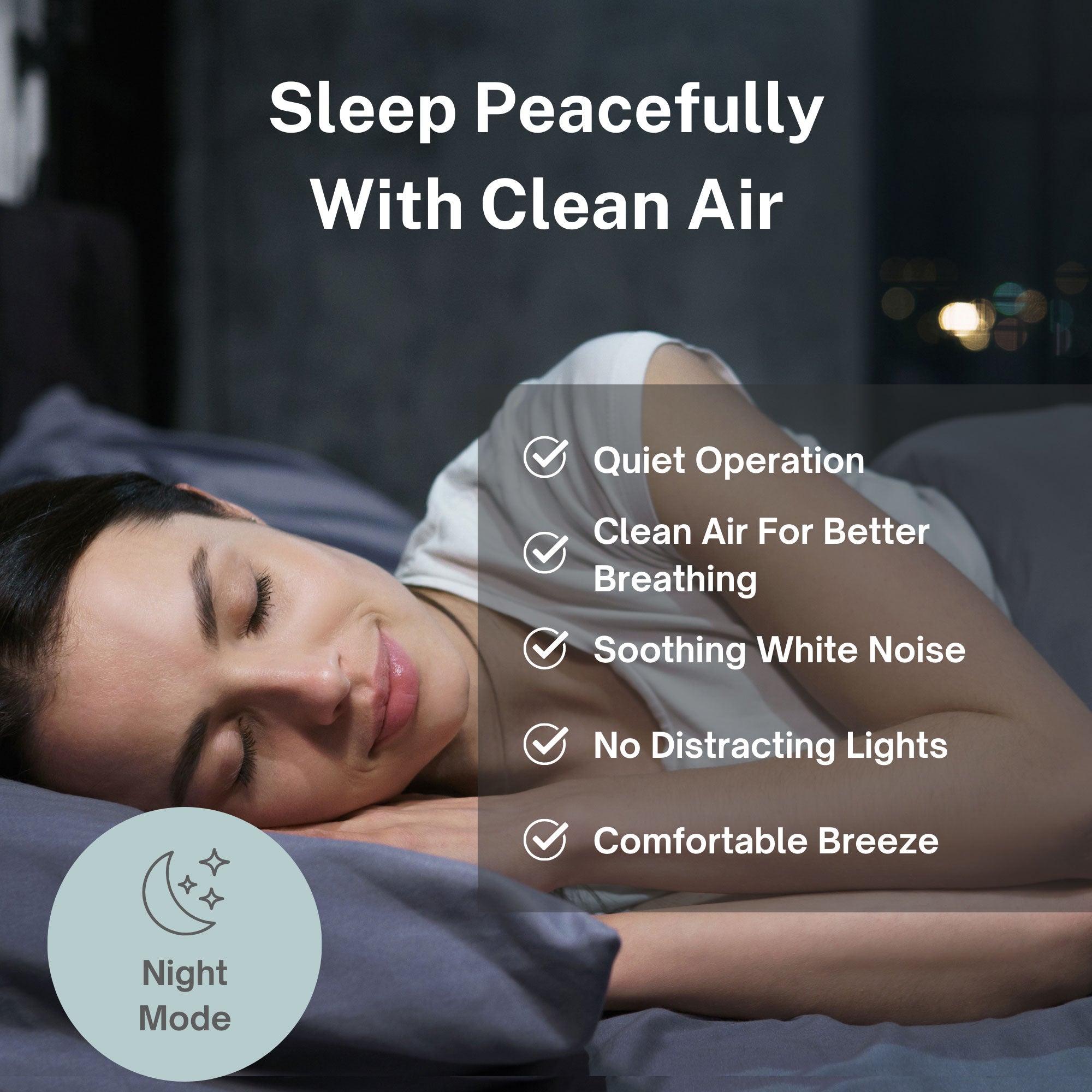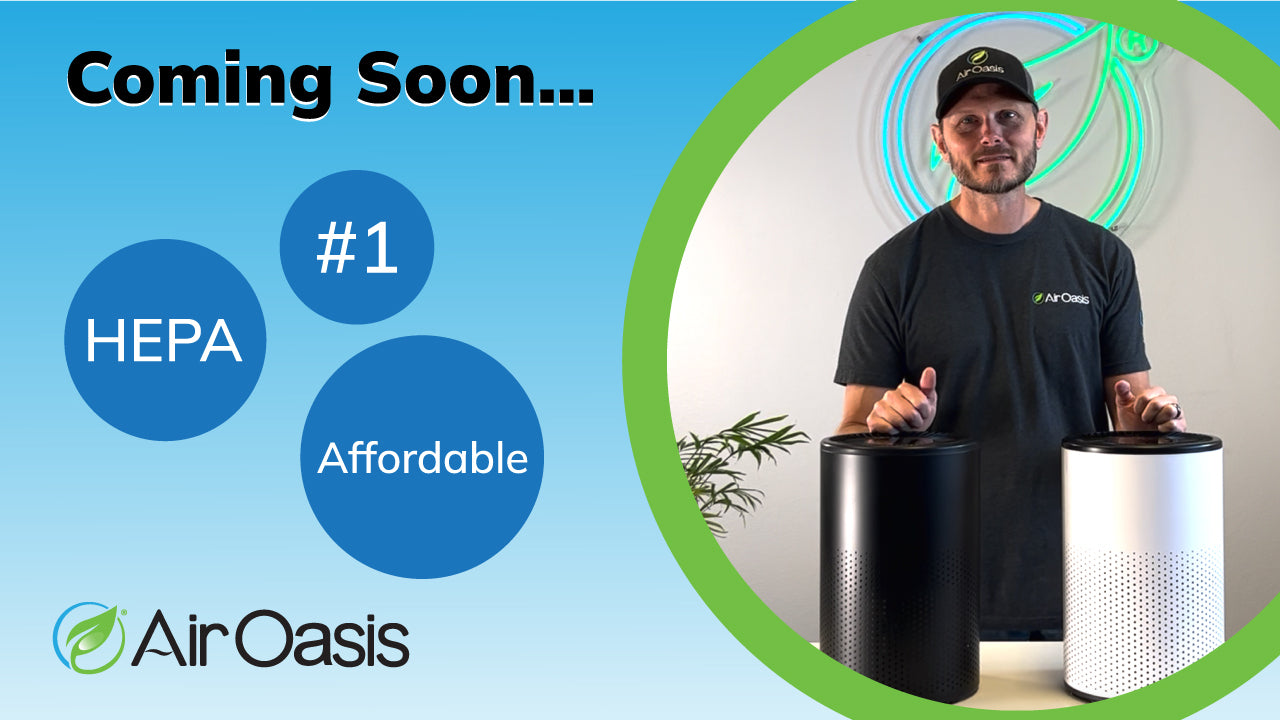Are your allergies worse than ever before? The climate goes through cycles of change, which impacts the particulates in both outdoor and indoor air. For example, as the global temperature increases, pollen seasons get longer, and the pollen count (concentration in the air) becomes greater. Pollen isn’t the only thing on the rise — mold is also getting its day in the sun, or, perhaps more appropriately, its day in a wetter, warmer environment.
For people with seasonal allergies, these trends are more than just bad news; they have serious implications for wellbeing. Pollen and mold concentrations are closely tied with respiratory health and are well-established triggers of both allergies and asthma. Although limiting outdoor time during peak allergy season may help limit your exposure, the truth is that these small airborne particles will always find their way inside.
Don’t despair just yet! Thanks to modern technology, you can still breathe clean, fresh indoor air when you run a high-quality air purifier for allergies. You may be wondering, “What does an air purifier do for allergies?” The answer is A LOT. This article will guide you through the specific ways air purifiers tackle some of the most common indoor allergens.
At Air Oasis, we’re committed to a cleaner environment. To reduce landfill waste, we build our purifiers to last a lifetime and offer replaceable parts for our most popular units, so you can feel good about shopping with us. Questions? Call us at (806) 373-7788.
What Can Air Purifiers Do for Allergies?
Air purifiers clean the air through a variety of techniques. One of the most common purification methods is filtration, which is when a purifier draws air in through its filter, trapping many unwanted contaminants in the process. Some air purifiers also use ionization, ultraviolet (UV) light and activated carbon filtration.
What a particular air purifier can do for allergies depends greatly on the technology used and the allergens in question. Typically, the best air purifiers for allergies will use a combination of top technologies to trap, reduce and destroy airborne allergens. Common allergens include pollen, mold, dust, pet dander and pests.
Air Purifier for Pollen Allergy
A variety of flowering plants, trees and grasses reproduce by releasing pollen into the air. Pollen grains can range from 2.5 to 200 microns in size, and although clusters are visible to the naked eye, individual grains are too tiny to see. These pollen grains float in the air, easily entering a home through open windows and doors, the HVAC system and on a person’s body. Eliminating them completely from an indoor environment is next to impossible.
Pollen Allergies
When a person with allergies inhales pollen particles, their body sees them as a foreign invader and sounds the alarm. The result is an immune response that’s centered in the respiratory system, which can cause the following hay-fever-like symptoms:
- Runny, itchy or congested nose
- Sneezing
- Itchy, red or watery eyes
- Itchy ears, throat and mouth
For people with asthma, symptoms can also include shortness of breath, chest tightness, wheezing, coughing and difficulty breathing.
Best Air Purifiers for Pollen
High efficiency particulate air (HEPA) filters can theoretically trap 99.97% of airborne particles with a diameter of at least 0.1 microns. As pollen particles average much larger in size, air purifiers that use HEPA filters are typically very effective at reducing indoor pollen levels. Ionizers, whether bi-polar or cold plasma, are also a powerful tool against pollen. Through the release of ions, these types of air purifiers cause airborne particles to draw together, become heavy and fall to the ground.
Air Purifier for Cat Allergies
If you’re searching for an air purifier for dog allergies or cat allergies, you actually need an air purifier for pet dander. Contrary to popular belief, pet dander is not hair; it’s microscopic flecks of skin that can hang suspended in the air like dust. When people with pet dander allergies breathe it in, they can experience a host of symptoms similar to the ones triggered by pollen.
Although dander is the primary culprit, some people are also allergic to the proteins found in pet saliva, urine and feces. When these substances dry, microscopic particles can enter the air and be inhaled, just like with pet dander. The best air purifier for pet allergies will use a HEPA filter to trap microscopic contaminants and ionization to seek out and deactivate the rest.
Air Purifier for Dust Allergies
Rather than a distinct material, dust is actually just the accumulation of various fine particles. It may contain soil, skin cells and various allergens, like pest byproducts, dust mites, pollen, pet dander, mold and tiny tick-like creatures called dust mites. When people have a dust allergy, they are allergic to what’s in the dust, generally the mites.
Dust mites, which are also called bed mites, are the most common cause of dust allergies. They prefer warm, humid environments and don’t generally survive in dry climates. They tend to settle in upholstery and other fabric-laden objects. If you’ve ever thought you needed an air purifier for carpet allergies, there’s a good chance you’re allergic to dust mites, mold spores or other dust composites.
Luckily, high-quality air purifiers with HEPA filters are excellent at removing dust from the air, and ionic purifiers are adept at destroying whatever biological contaminants they contain. Air purifiers that use UV light have an additional advantage, as they also help destroy biological pollutants like mold.
Top Air Purifiers for Allergies
When it comes to the question of what air purifiers can do for allergies, the answer is simple: They can reduce the severity of your symptoms by removing the allergens from your home’s air. Top air purifiers for allergies will trap, reduce and destroy a variety of contaminants, from mold and pollen to pet hair and dust.
However, not every air purifier is equally effective. If you want an air purifier that utilizes the top five purification technologies — HEPA and activated carbon filtration, bi-polar and cold plasma ionization and UV light — look no further than Air Oasis. We use a multi-tiered approach to purification, which is why our superior air purifiers are used in homes, classrooms, labs, offices and institutions around the world.
Although you can’t control the outdoor air quality, you can ensure that you and your family breathe clean air in your home. If you’re searching for an air purifier for allergies, try our iAdaptAir® HEPA UV Air Purifier, the smartest home purifier on the market. Control its settings through a phone app and breathe easy knowing your family is fully protected.
Questions about one of our products? The team at Air Oasis would love to hear from you! Contact us online or give us a call at (806) 373-7788.

